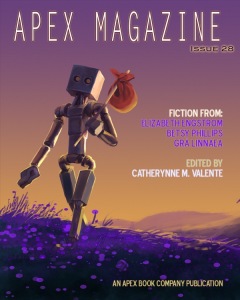 These are good times for board gamers.
These are good times for board gamers.
After the death of Avalon Hill as an independent game publisher (its remnants were purchased by Hasbro in 1998), it sure seemed like the era of the board game was over. SPI, FASA, Task Force Games, GDW, Yaquinto, West End Games, Fantasy Games Unlimited, Mayfair Games, TSR, and finally Avalon Hill… the leading lights of board game design in the 20th Century had all perished by the end of the 90s. It looked like those of us who loved to move cardboard counters around abstract hex grids were relegated to paying ridiculous prices for out-of-print copies on eBay.
But that was before Fantasy Flight proved there was still life in board games yet, with a stellar line up of beautifully produced — and profitable — titles. Mayfair Games returned from the dead, phoenix-like, with the English language rights to the blockbuster Settlers of Catan. Wizards of the Coast purchased TSR and built on their rich tradition with D&D-inspired board games like The Conquest of Nerath (read Scott Taylor’s terrific review here). And, surprise of surprises, Hasbro has kept the Avalon Hill name alive, putting out high quality games like Battle Cry and Axis and Allies.
So on a Sunday night when I’ve managed to pull Tim and Drew, my two teenage sons, away from Gears of War 3 and sit them down at the gaming table, I find I actually have a choice of intriguing modern games to offer them. Should we go for complex and fascinating, like Axis and Allies? Colorful and fun, like Descent: Journeys in the Dark? Quick and light, like Cheapass Games’ Kill Doctor Lucky?
Rhetorical question, of course. When one of the choices involves lasers, killer robots, and blowing each other up in a frenetic race for mechanized glory, the answer is pretty much a foregone conclusion. It was RoboRally in a landslide.
…
Read More Read More
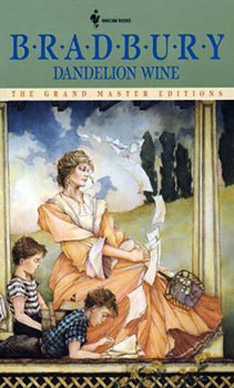
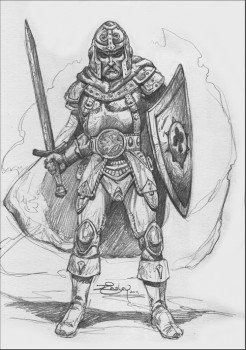

 I’ve known
I’ve known  The Venus series ends not with a novel, but a novella. Consequently, this will be the shortest entry in my survey of Burroughs’s last series, but I have appended a wrap-up with my final thoughts on the Venus books as a whole.
The Venus series ends not with a novel, but a novella. Consequently, this will be the shortest entry in my survey of Burroughs’s last series, but I have appended a wrap-up with my final thoughts on the Venus books as a whole. Last week,
Last week, 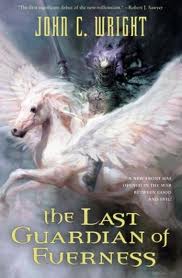 The Last Guardian of Everness
The Last Guardian of Everness
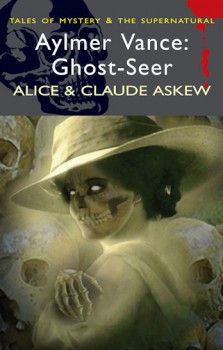 Aylmer Vance, agent of the enigmatic Ghost Circle, made his first appearance on the nightmare stage in 1914. The creation of husband-and-wife writing team Alice and Claude Askew, Vance appeared in eight consecutive issues of The Weekly Tale-Teller between July and August. The stories-“The Invader”, “The Stranger”, “Lady Green-Sleeves”, “The Fire Unquenchable”, “The Vampire”, “The Boy of Blackstock”, “The Indissoluble Bond” and “The Fear”-ranged from grotesque to gentle, and are, by and large, of a slower pace than those featuring Vance’s contemporaries, such as
Aylmer Vance, agent of the enigmatic Ghost Circle, made his first appearance on the nightmare stage in 1914. The creation of husband-and-wife writing team Alice and Claude Askew, Vance appeared in eight consecutive issues of The Weekly Tale-Teller between July and August. The stories-“The Invader”, “The Stranger”, “Lady Green-Sleeves”, “The Fire Unquenchable”, “The Vampire”, “The Boy of Blackstock”, “The Indissoluble Bond” and “The Fear”-ranged from grotesque to gentle, and are, by and large, of a slower pace than those featuring Vance’s contemporaries, such as 